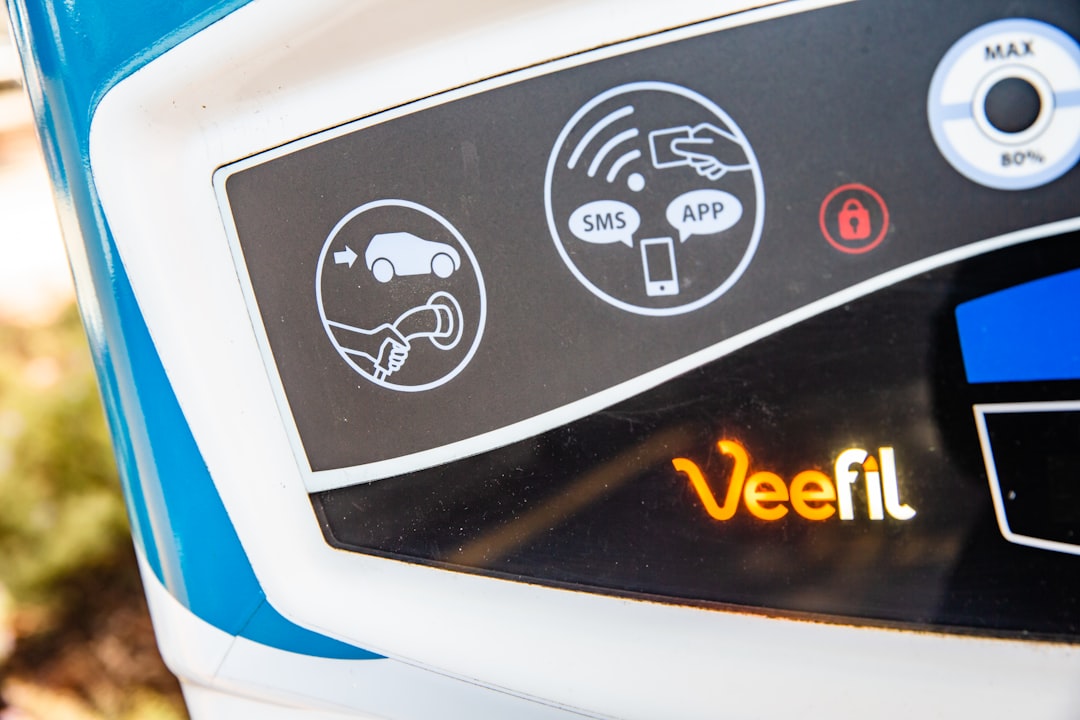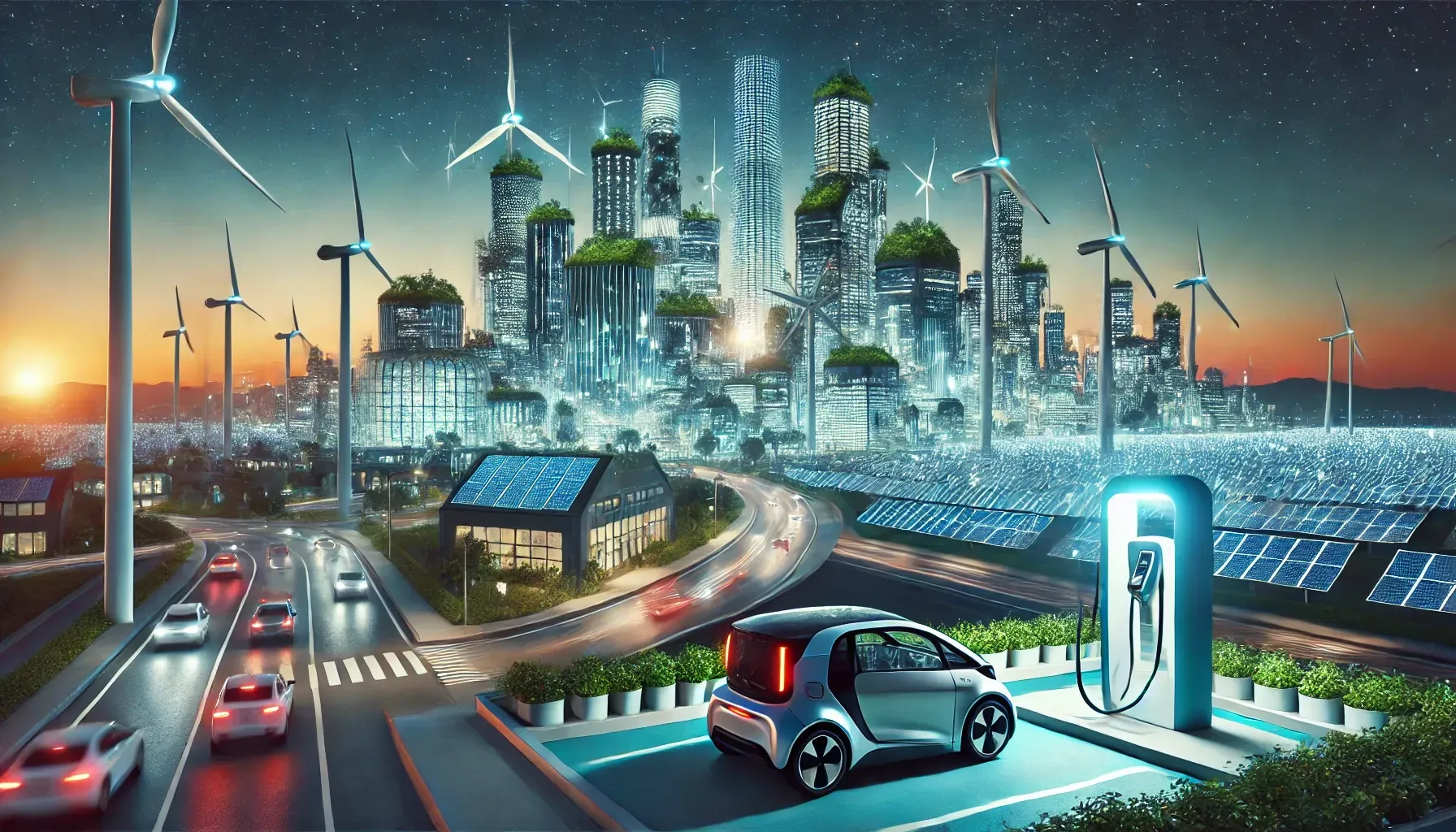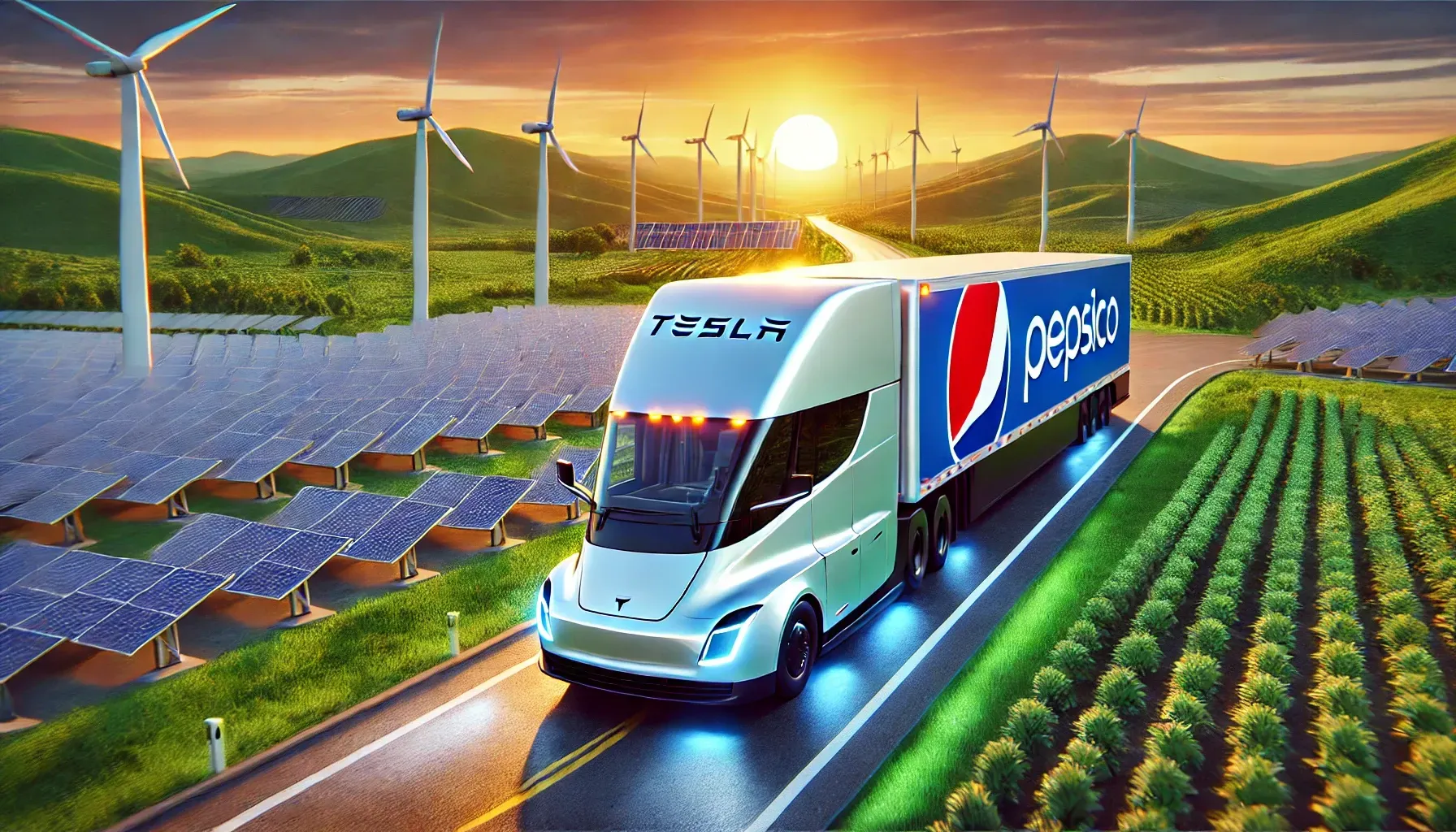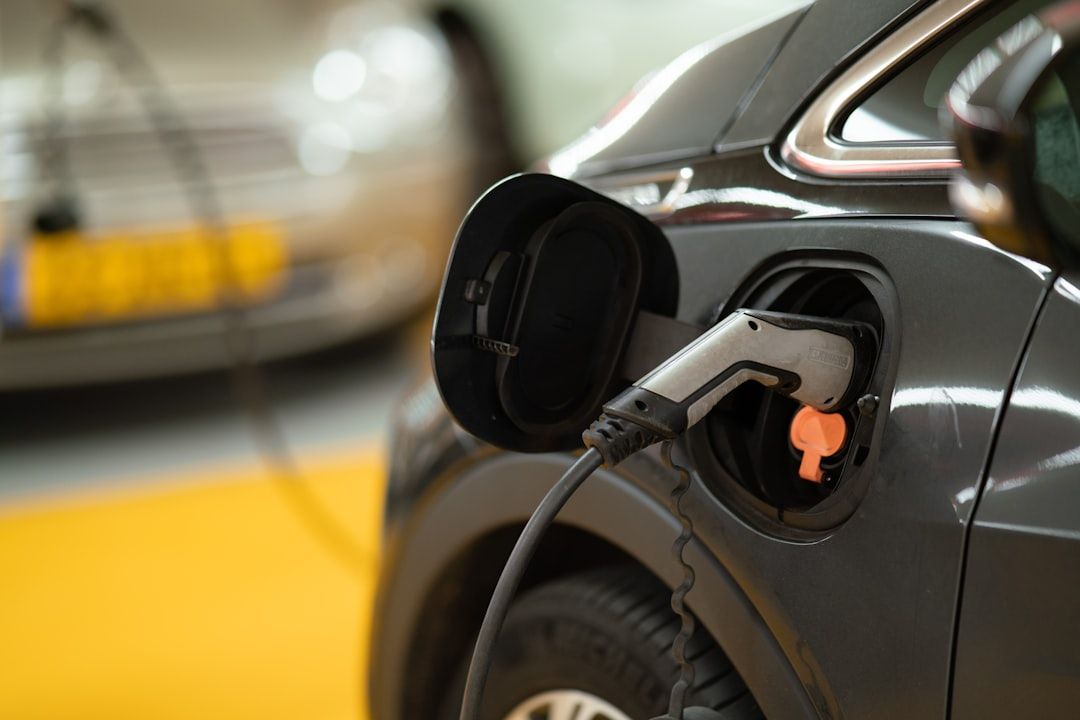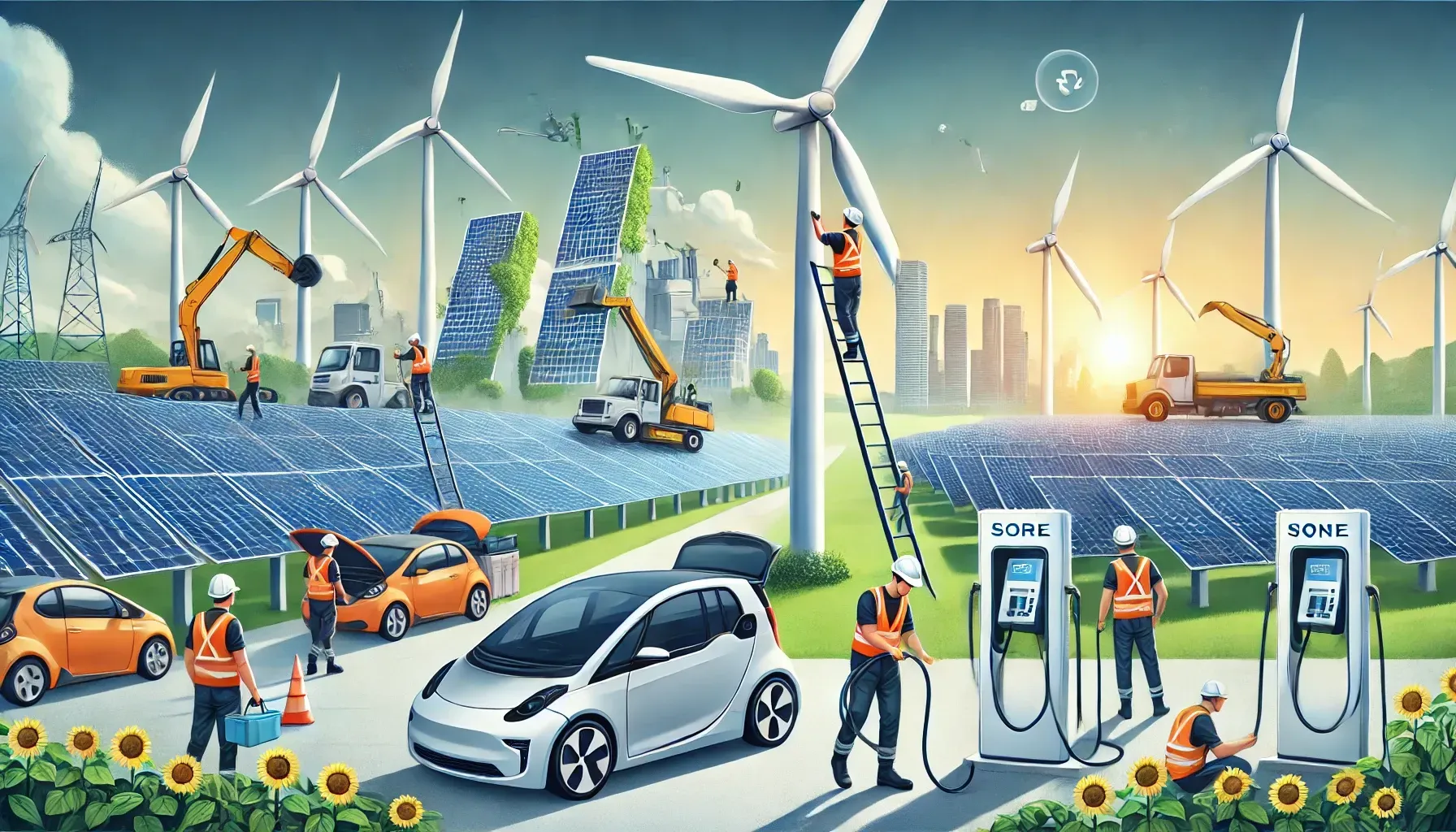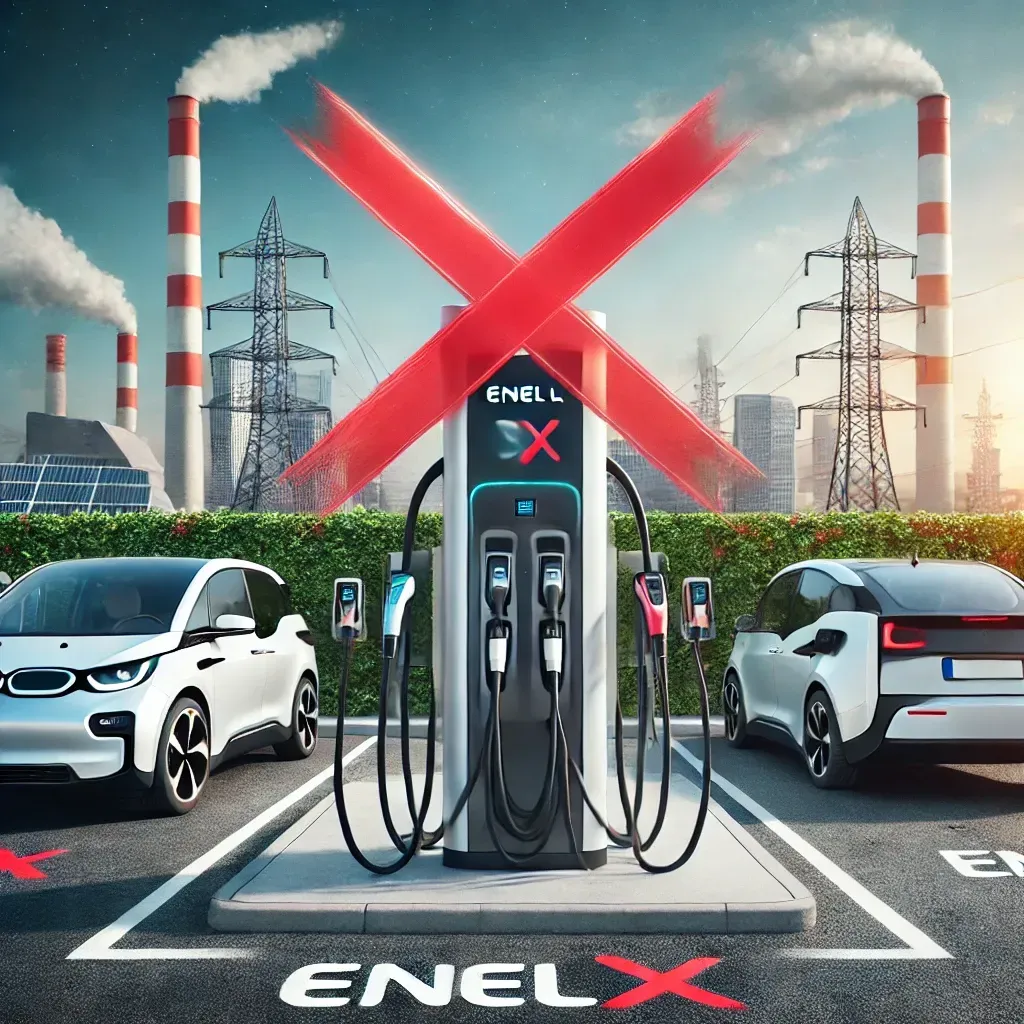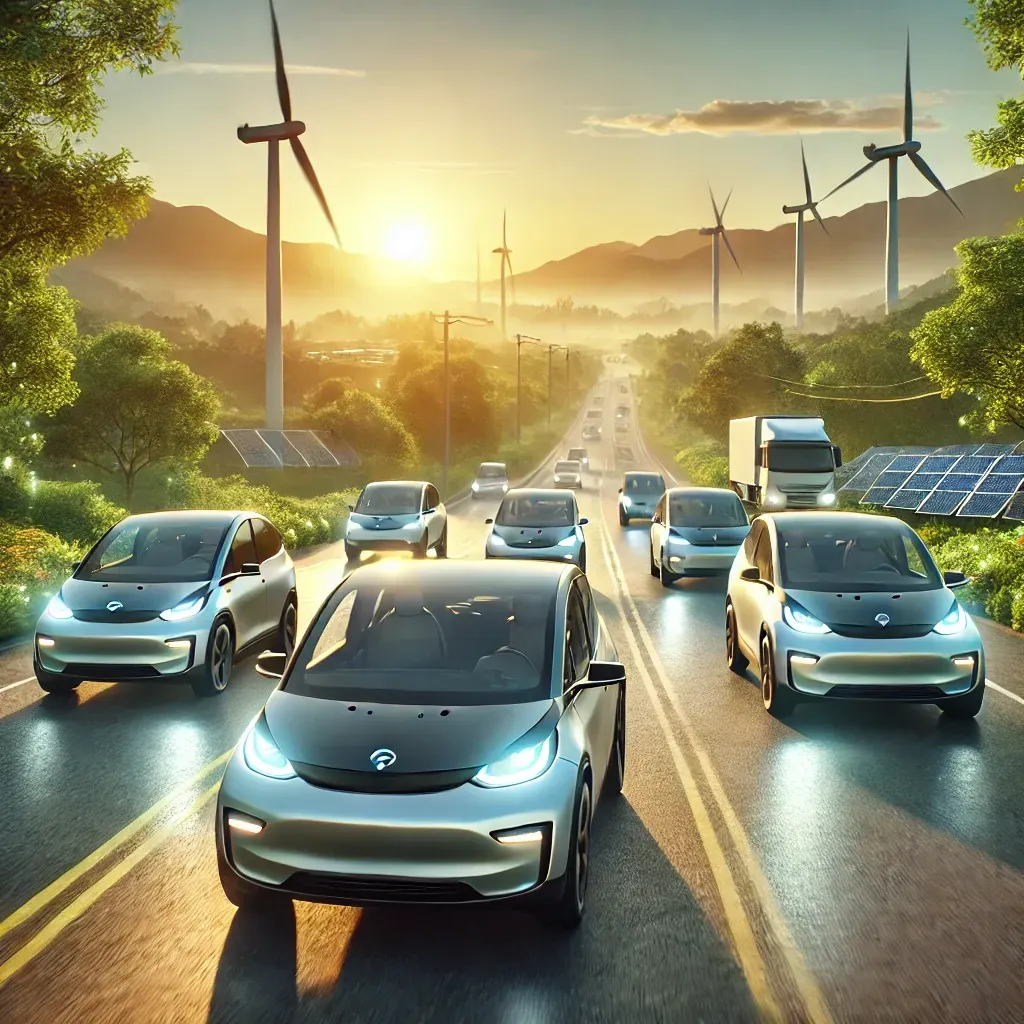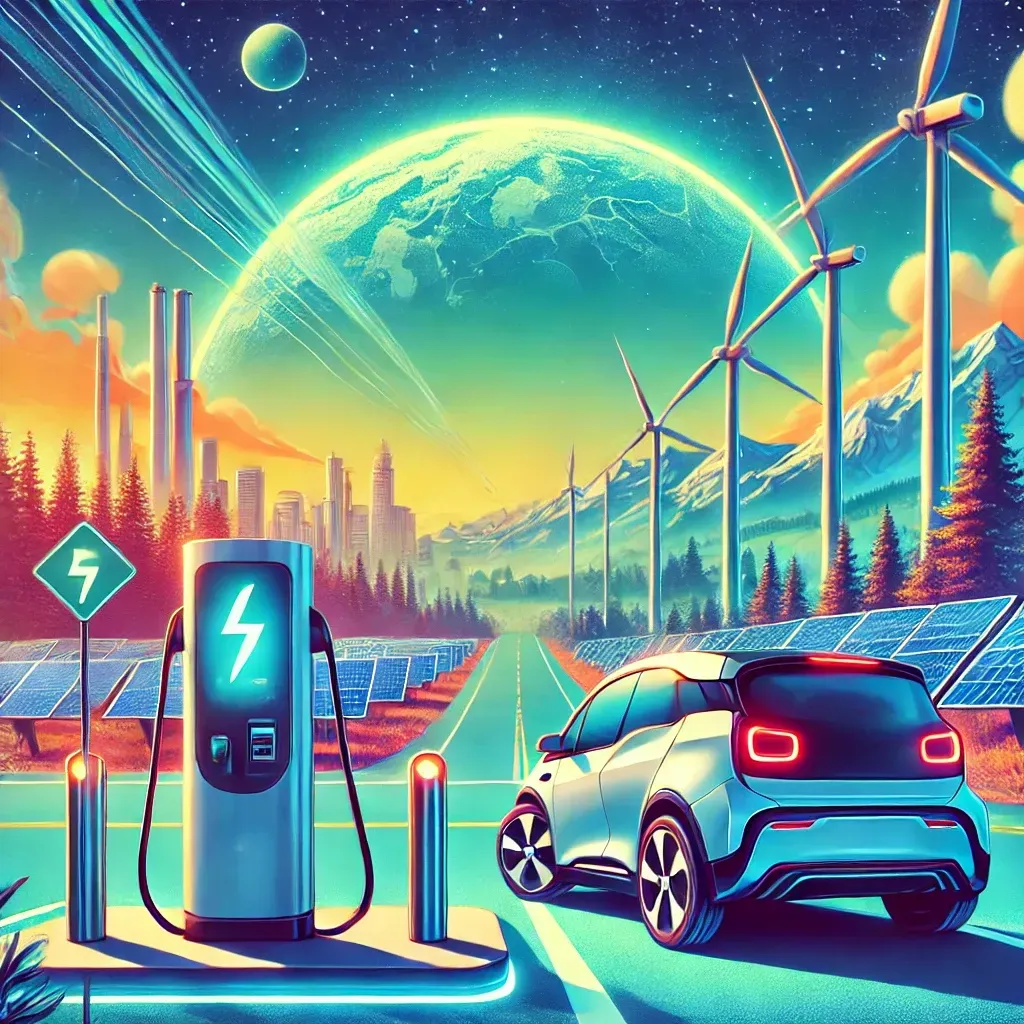Powering Prosperity: The Economic Upsurge of Investing in EV Charging Stations
Discover the economic advantages of investing in EV charging stations, including increased consumer spending, job creation, and enhanced local business growth.
Introduction to the Economic Impact of EV Charging Stations
Overview of EV Charging Stations
The electric vehicle (EV) market is experiencing a significant surge, with EV sales accounting for 18% of the U.S. light-duty vehicle market in the third quarter of 2023. This reflects a broader trend of over one million fully electric vehicles sold within a year. With this rapid adoption, the U.S. is planning a massive expansion of its electric vehicle charging infrastructure , aiming to build 500,000 electric vehicle charging stations by 2030, up from around 52,000 currently. As the EV market continues to grow, projections suggest that by 2030, electric vehicles could represent 30% of all vehicle sales in the U.S. [5]. This expansion signifies a transformative shift in the transportation sector, driven by advancements in electric vehicle charging infrastructure.
Economic Benefits for Local Businesses
 Increased Consumer Spending
Increased Consumer Spending
Investing in EV charging stations offers substantial economic benefits for local businesses. In fact, businesses near these stations have seen an increase in annual consumer spending. For instance, in California, the presence of EV charging stations led to a cumulative spending gain of $6.7 million in 2019 and $19.5 million from January 2021 to June 2023, highlighting the impact of electric vehicle charging stations on local business spending. This increase in spending is partly due to the influx of customers, with businesses near EV charging stations expecting approximately 17 additional customers per station annually. This boost in consumer activity highlights the direct economic impact of EV charging stations on local businesses, enhancing their revenue and competitiveness.
Attraction of Higher-Income Visitors
EV charging stations also attract higher-income visitors, which can significantly enhance the economic vitality of disadvantaged areas. These visitors tend to spend more on local goods and services, thereby contributing to the overall economic health of the community. For example, a café located near an EV charging station may experience increased patronage from higher-income EV owners, leading to higher sales and potentially even further investment in the business. By attracting such demographics, EV charging stations play a crucial role in stimulating local economies and supporting community development.
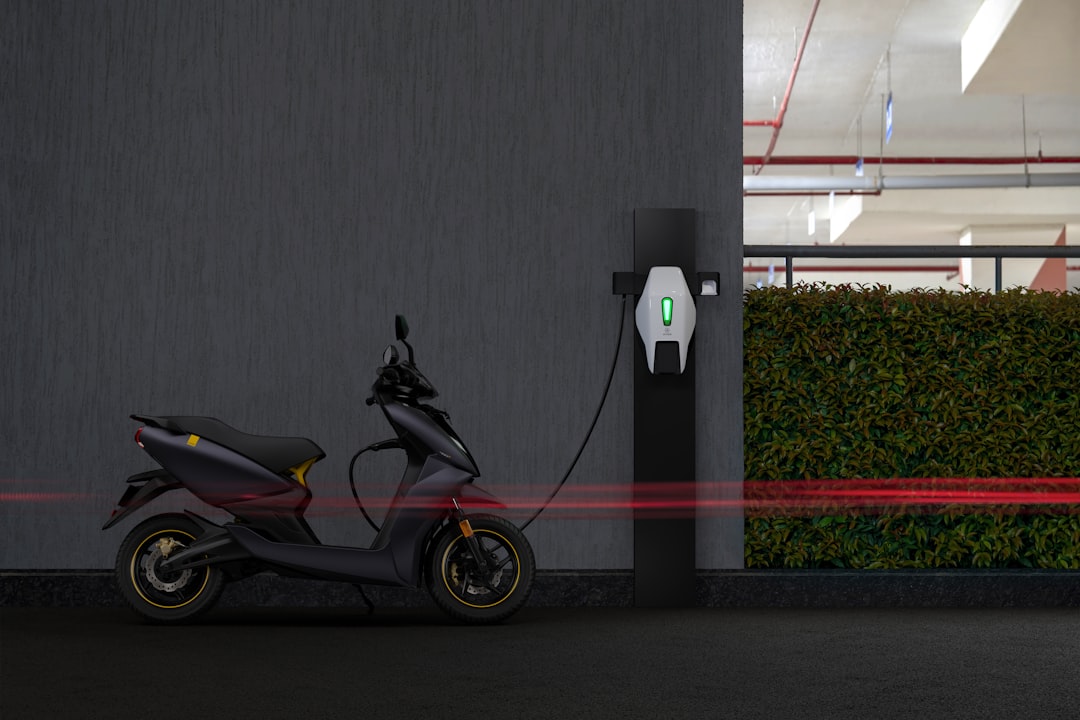 Job Creation and Economic Growth
Job Creation and Economic Growth
Job Creation Potential
The transition to electric vehicles promises substantial job creation, particularly in the installation and maintenance of electric vehicle charging infrastructure. In Virginia, the plan to electrify the vehicle ecosystem projects the creation of between 274,000 and 291,000 jobs over ten years, with 40,000 jobs expected by 2030. Nationally, the need for workforce development related to charging infrastructure could result in around 28,950 job-years by the end of the decade. As seen in 2020, the EV sector added 6,000 jobs, contrasting with job losses in the broader motor vehicle sector. This employment growth underscores the broader economic impact of EV charging infrastructure.
 Economic Growth Stimulation
Economic Growth Stimulation
The installation of EV charging stations not only generates jobs but also stimulates local economies in various sectors, including retail and food services. For example, the presence of charging stations can lead to increased property values in surrounding areas, further benefiting local governments through higher tax revenues. This economic stimulation is vital for community development, making EV charging station investment a strategic move for long-term economic growth.
Government Incentives and Support
Federal and State Funding
The U.S. government is actively supporting the growth of electric vehicle charging infrastructure through substantial federal and state funding. The Bipartisan Infrastructure Law has allocated $5 billion for states to develop electric vehicle charging stations, with an additional $2.5 billion in federal funding available for local grants to enhance charging networks in rural and disadvantaged areas. Many states are also offering tax credits and rebates for businesses investing in EV charging infrastructure, making it a financially viable venture. These government incentives play a crucial role in accelerating the adoption of electric vehicle charging infrastructure.
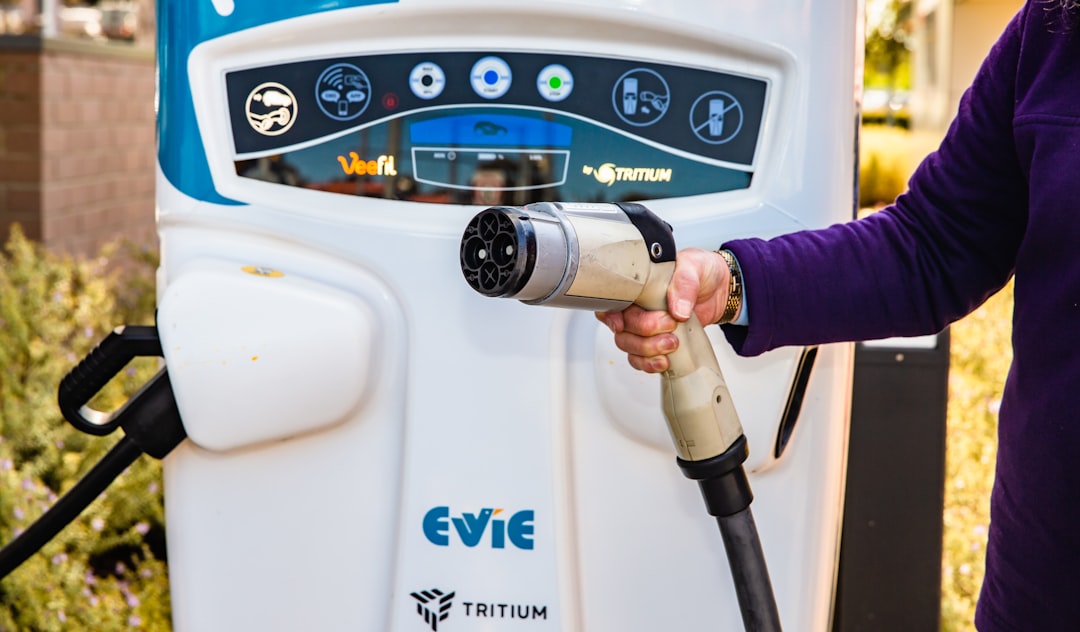 Public-Private Partnerships
Public-Private Partnerships
Public-private partnerships are essential for the efficient development and deployment of EV charging stations. By collaborating with private companies, local governments can stimulate private sector growth, support fair competition, and create quality jobs within the EV sector. These partnerships can lead to more efficient deployment and maintenance of EV charging stations, ensuring that they are accessible and reliable for all users. As a result, public-private collaborations are a key component of the sustainable transportation investment strategy.
Environmental and Health Benefits
 Reduction in Greenhouse Gas Emissions
Reduction in Greenhouse Gas Emissions
Electric vehicles and their charging infrastructure offer significant environmental benefits, particularly in reducing greenhouse gas emissions. The transportation sector accounts for 29% of U.S. greenhouse gas emissions, and EVs present a cleaner alternative with zero tailpipe emissions. By utilizing renewable energy sources for EV charging, the carbon footprint associated with electric vehicles can be further diminished. This reduction in emissions not only contributes to global efforts against climate change but also improves air quality and public health, especially in overburdened communities.
Health Improvement
The transition to electric vehicles has profound health benefits. According to the American Lung Association, this shift could save approximately 6,300 lives annually and prevent 93,000 asthma attacks. Improved air quality from reduced vehicle emissions leads to fewer health-related expenses for communities, underscoring the health benefits of investing in EV charging infrastructure. This aspect of sustainable transportation investment contributes to a healthier, more resilient society.
Case Studies and Successful Investments
 Successful Examples
Successful Examples
Research has established a causal link between the presence of EV charging stations and economic growth, using advanced statistical techniques and machine learning to analyze data from over 4,000 EV charging stations and 140,000 businesses in California. These insights can guide policymakers in integrating EV infrastructure into urban planning and investment strategies. Notable success stories include cities that have implemented robust EV charging networks, resulting in significant increases in local business revenues and job creation. These examples demonstrate the transformative potential of EV charging station investments.
Future Trends and Considerations
Market Growth and Consumer Preferences
As the electric vehicle market continues to grow, the demand for charging infrastructure will only increase. The shift from DC fast chargers to Level 2 chargers reflects changing consumer preferences and market dynamics, with Level 2 chargers becoming more significant from 2021 to 2023. However, a lack of public charging infrastructure remains a significant barrier to EV adoption, highlighting the need for continued investment in this area. The ongoing growth of the EV market is expected to drive technological advancements in charging station efficiency and reliability.
 Strategic Deployment
Strategic Deployment
Strategic deployment of electric vehicle charging stations is crucial, particularly in underprivileged communities where the economic benefits are most pronounced. Effective urban planning that incorporates EV charging infrastructure can lead to sustainable development and improved local economies. By addressing consumer demand for EV charging and ensuring equitable access, communities can maximize the benefits of this transformative technology.
Made With 💚 Relevant Systems

